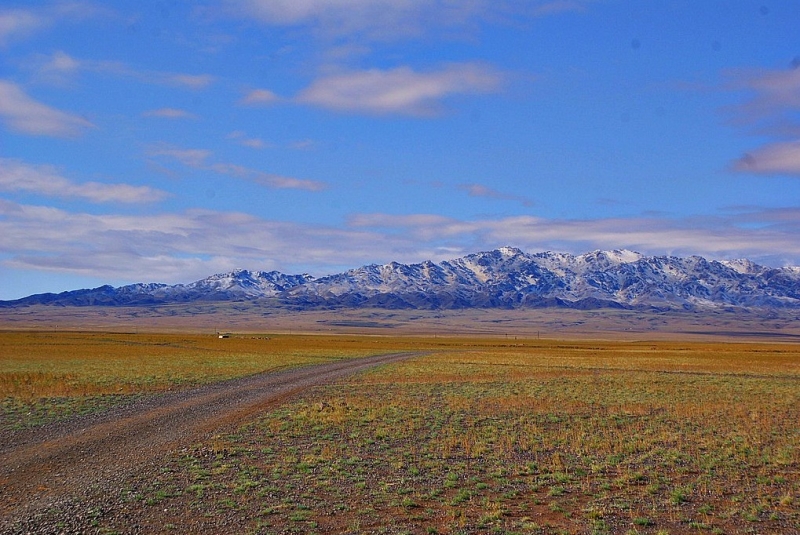Mongolia

Mongolia is a country like none other. With virgin landscape, lowest population density and rich wildlife, Mongolia is definitely the last unspoiled land in Asia. What significantly impress you is, of course, the beauty of the landscape but perhaps even more so the way of being and the values that nomads have perpetuated in the heart of Central Asia. The pastoralist of the steppe has managed to preserve ancestral custom and traditions, which continue to influence their behavior deeply. The sense of hospitality, their openness, their relationship with one another can not leave one different.
Mongolia has a surface area six times the size of the United Kingdom, just smaller than the country of Australia. In the north, it borders on Russia, and in the south on China. It is one of the highest countries in the world with 1580m above the sea. Its highest point is in the Tavan Bogd range and area of impressive glaciers and peaks over 4000 meters above sea level. To the north of Mongolia is more mountainous, formed by a number of almost inaccessible chains. To the east and south of the country are the great plain and Gobi desert. KhohNuur, at 560 meters, is the lowest point in the country. The khangai landscapes bear the marks of ancient volcanic processes: lava flows, conical hills, and hot springs. Contrary to what is generally thought, the Gobi is not a desert in the usual sense, that is, a sandy area completely devoid of vegetation.
Mongolian flora and fauna are extraordinarily rich. 4000 specimens of Mongolian flora have yet to be classified. Of the 150 endemic plants and the hundred or so relic plants area in the country, more than 100 are listed as endangered or rare species, such as the toad-headed agama and Mongolian agama. Birds of prey include eagles, falcons, goshawks, kites, harriers, lammergeyers, vultures, and owls.
Fish are plentiful in the rivers. Among the many species are the taimen, the largest member of the salmon family, which can reach two meters in length and weighs up to 80 kilos. There are nearly sixty other species of fish which are similar to those found in European rivers. Mongolia is a homeland of rare snow leopard, wolf, brown bear, and sable. There are 28 species of mammals are endangered in Mongolia.
For centuries, Mongolia’s economy was based on nomadic pastoralism. Under communism, Mongolia attempted a shift towards agriculture. Since that time, this sector accounts for about 34 percent of the GDP, and employes 12 percent of the workforce. Mongolia’s major export items are copper and raw animal products (hides, wool, cashmere). The Mongol territory is composed of about 80 percent pastureland and eight percent forest.
- Government: Unitary parliamentary constitutional republic
- President: TsahiagiinElbegdorj
- Population: 2,954,283 /2014 estimate/
- Ethnic group: 86 percent Khalkha Mongolians others.
- Religion: Shamanism, Buddism, Christian and Muslim
- Currency: Tugrug
- Working hours: 09.00 – 18.00


